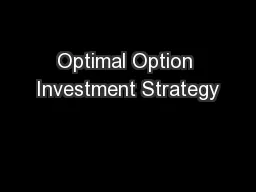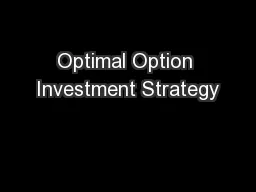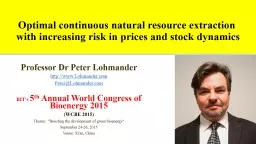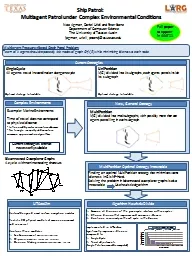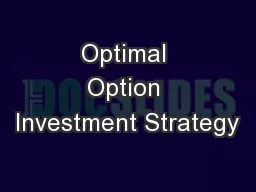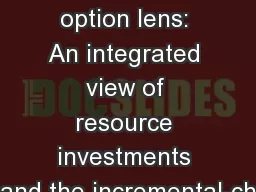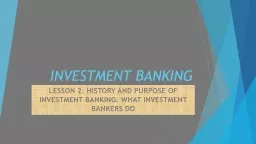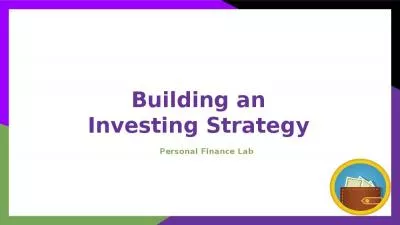PPT-Optimal Option Investment Strategy
Author : tatyana-admore | Published Date : 2018-01-08
Sponsor Dr KC Chang Tony Chen Ehsan Esmaeilzadeh Ali Jarvandi Ning Lin Ryan ONeil Spring 2010 Outline Background Optimal Option Investment Strategy Team Problem
Presentation Embed Code
Download Presentation
Download Presentation The PPT/PDF document "Optimal Option Investment Strategy" is the property of its rightful owner. Permission is granted to download and print the materials on this website for personal, non-commercial use only, and to display it on your personal computer provided you do not modify the materials and that you retain all copyright notices contained in the materials. By downloading content from our website, you accept the terms of this agreement.
Optimal Option Investment Strategy: Transcript
Download Rules Of Document
"Optimal Option Investment Strategy"The content belongs to its owner. You may download and print it for personal use, without modification, and keep all copyright notices. By downloading, you agree to these terms.
Related Documents

